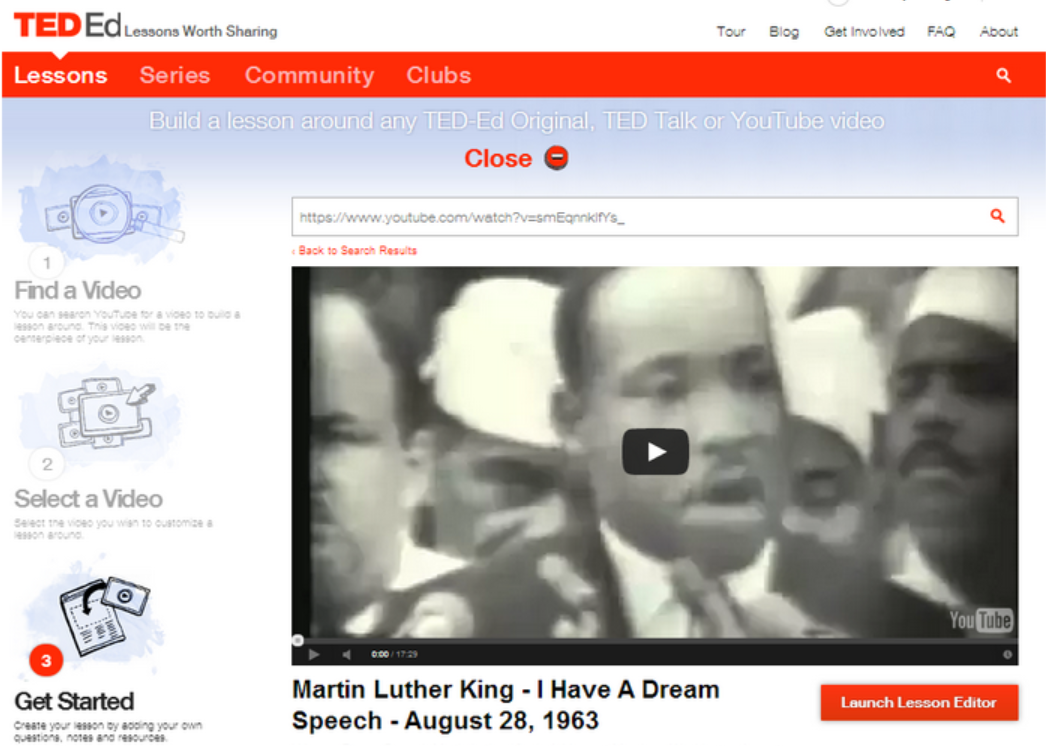There has been a lot of talk lately around the theory of ‘flipping the classroom’. Essentially, students preview lesson material and lectures at home to make time to do more hands-on, collaborative activities in class.
Watch the following short video or view this infographic for more details.
Source: Center for Teaching and Learning
Allow me to be so bold as to say: no teacher. However, what teacher has the time to create a high quality video for each lesson?
Though I have seen success from teachers who simply record themselves teaching a lesson at the front of the class or from an aerial view then posting it in a place students can access such as on YouTube or school LMS. This simple act allows the student to pause or rewind any confusing parts of a lesson which promotes self-regulation in the learner.
Further, I have also seen success from teachers who record their screens during a lesson using tools such as EduCreations or the recording feature on SmartBoards. What’s great about this format is the accompanying online learning community of educators who have posted their own lessons to share. You could further check out places such as OpenEd or Share My Lesson for lesson sharing in a video format.
Flipping the classroom has many benefits: instead of students listening to a transmissive, passive lecture, teachers can utilize the collaborative environment of the classroom by guiding cooperative and exploratory tasks. It also frees up the teacher’s time to provide personalized instant feedback to students and differentiate instruction by pulling small groups of learners to work with.
However, there are many problems to the flipped classroom as well. What if the students don’t do their homework? What if there were technology issues? What if every subject teacher expected a student to learn lesson content the night before (how many hours of homework is that??)
The more prominent downfall I spotted in my sideline analysis of the flipped classroom is that student grew tired of the format. Making an educational video entertaining is a hard feat! Creating even a simple animation or instructional video to accompany or substitute a face-to-face lesson takes much effort and time on the teacher's part.
What I realized is that I did not have to create the video myself - what it came down to is finding the best resource to fit my teaching needs. Why re-invent the wheel? Luckily there are many free educational video resources available online.
For instance, I chose to flip a lesson during a speeches unit I taught. In this lesson, I had students view Martin Luther King Jr.’s infamous “I Have a Dream” speech at home, identifying literary devices and observing the vocal skills used in the speech. By flipping the lesson, students could view the video as many times as they liked. For the in-class lesson, we discussed the answers in groups and as a class before viewing another video which deconstructs the speech.
I used the extraordinarily user-friendly site Ted Ed Lessons to create this lesson, along with embedded instructions, formative assessment , and discussion forum.
The website sends the lesson creator a link to view what students have started the lesson and to review progress. Other teachers can also customize the lesson to suit their needs.

Cris! I love this post. Your voice is strong here. There are so many wonderful programs and pre-made lessons that focus on skill master and you have highlighted the benefits of using these resources to enhance and support the classroom instruction.
ReplyDelete